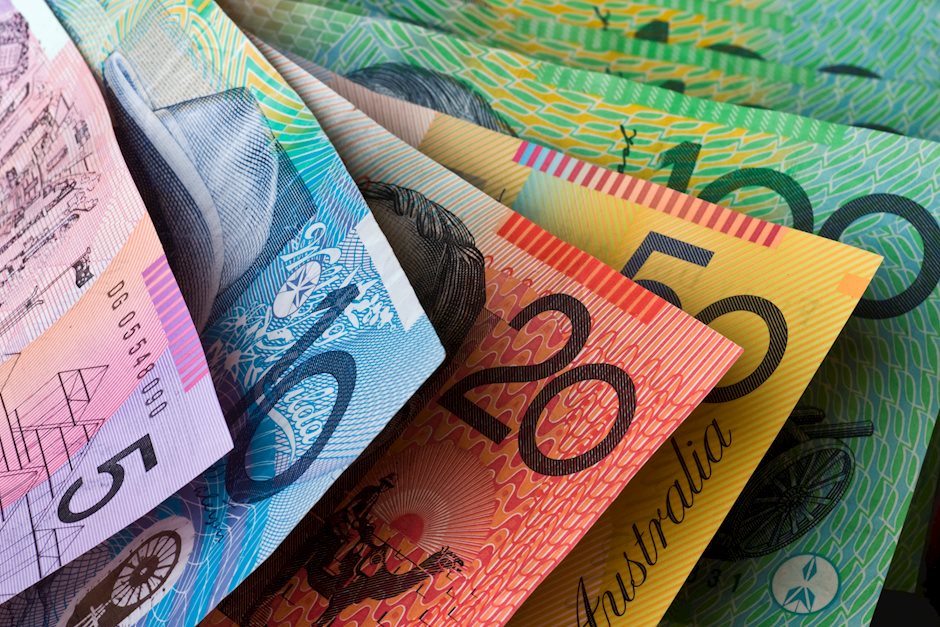AUD/USD remains sideways below 0.6800 in countdown to Fed Powell’s speech
- AUD/USD consolidates below 0.6800 with Fed Powell’s speech in focus.
- Firm speculation for Fed rate cuts in September has resulted in cheerful market mood.
- Investors await the US Retail Sales and Aussie Employment for June.

The AUD/USD pair consolidates below the crucial resistance of 0.6800 in Monday’s American session. The Aussie asset struggles for a direction as investors await Federal Reserve (Fed) Chair Jerome Powell’s speech, which is scheduled at 16:30 GMT.
In his latest comments at semi-annual Congressional testimony on Tuesday-Wednesday last week, Powell admitted that the central bank has made some progress on inflation. However, he reiterated the need of soft inflation data for months to gain confidence for rate cuts. The commentary from Fed Powell is expected to be favoring early cuts as the Consumer Price Index (CPI) report for June, released on Thursday, showed that price pressures have softened further.
Meanwhile, firm market speculation for the Fed to begin reducing interest rates from September has improved appeal for risk-sensitive assets. Considering strong gains in overnight futures, the S&P 500 is expected to open on a strong bullish note. The US Dollar Index (DXY), which tracks the Greenback’s value against six major currencies, struggles to hold the immediate support of 104.00.
This week, investors will focus on the United States (US) Retail Sales data for June, which will be published on Tuesday. The Retail Sales data, a measure to consumer spending that drives consumer inflation, is estimated to have remained unchanged on month-on-month.
On the Aussie front, investors will focus on the Australian Employment data for June, which will be published on Thursday. The Employment report is expected to show that 20K job-seekers were hired against 39.7K onboarded in May. The Unemployment Rate is expected to remain steady at 4.0%. Signs of strong job demand would boost expectations of further policy-tightening by the Reserve Bank of Australia (RBA).
Australian Dollar FAQs
One of the most significant factors for the Australian Dollar (AUD) is the level of interest rates set by the Reserve Bank of Australia (RBA). Because Australia is a resource-rich country another key driver is the price of its biggest export, Iron Ore. The health of the Chinese economy, its largest trading partner, is a factor, as well as inflation in Australia, its growth rate and Trade Balance. Market sentiment – whether investors are taking on more risky assets (risk-on) or seeking safe-havens (risk-off) – is also a factor, with risk-on positive for AUD.
The Reserve Bank of Australia (RBA) influences the Australian Dollar (AUD) by setting the level of interest rates that Australian banks can lend to each other. This influences the level of interest rates in the economy as a whole. The main goal of the RBA is to maintain a stable inflation rate of 2-3% by adjusting interest rates up or down. Relatively high interest rates compared to other major central banks support the AUD, and the opposite for relatively low. The RBA can also use quantitative easing and tightening to influence credit conditions, with the former AUD-negative and the latter AUD-positive.
China is Australia’s largest trading partner so the health of the Chinese economy is a major influence on the value of the Australian Dollar (AUD). When the Chinese economy is doing well it purchases more raw materials, goods and services from Australia, lifting demand for the AUD, and pushing up its value. The opposite is the case when the Chinese economy is not growing as fast as expected. Positive or negative surprises in Chinese growth data, therefore, often have a direct impact on the Australian Dollar and its pairs.
Iron Ore is Australia’s largest export, accounting for $118 billion a year according to data from 2021, with China as its primary destination. The price of Iron Ore, therefore, can be a driver of the Australian Dollar. Generally, if the price of Iron Ore rises, AUD also goes up, as aggregate demand for the currency increases. The opposite is the case if the price of Iron Ore falls. Higher Iron Ore prices also tend to result in a greater likelihood of a positive Trade Balance for Australia, which is also positive of the AUD.
The Trade Balance, which is the difference between what a country earns from its exports versus what it pays for its imports, is another factor that can influence the value of the Australian Dollar. If Australia produces highly sought after exports, then its currency will gain in value purely from the surplus demand created from foreign buyers seeking to purchase its exports versus what it spends to purchase imports. Therefore, a positive net Trade Balance strengthens the AUD, with the opposite effect if the Trade Balance is negative.
Author

Sagar Dua
FXStreet
Sagar Dua is associated with the financial markets from his college days. Along with pursuing post-graduation in Commerce in 2014, he started his markets training with chart analysis.

















